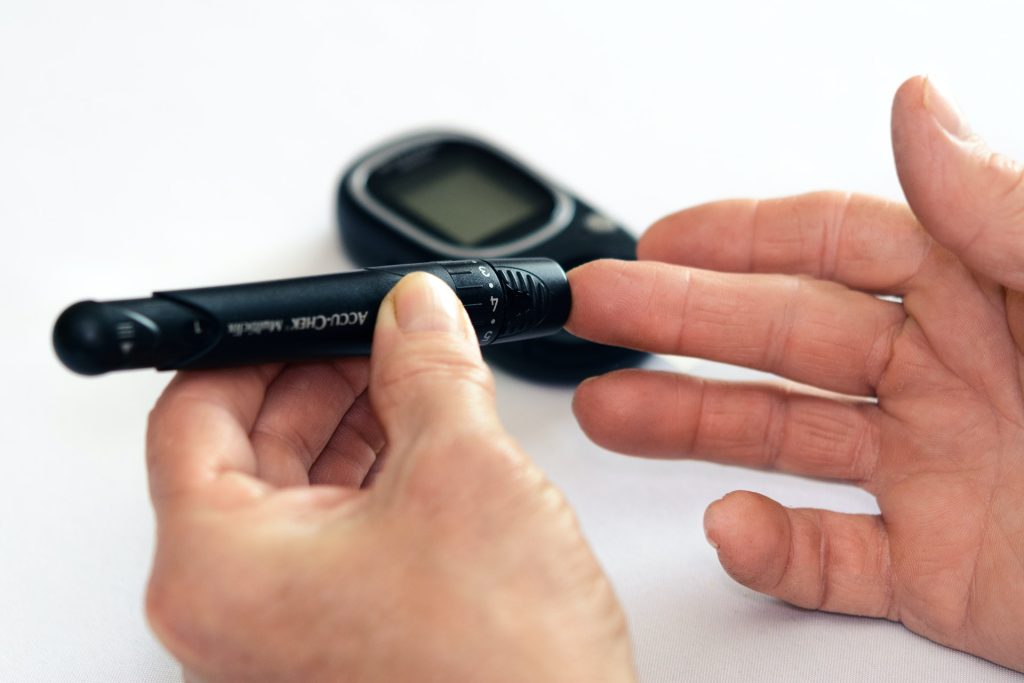‘Windscreen Wiper’ Tool for Laparoscopes Allows Uninterrupted View

A Brigham Young University student has developed a ‘windscreen wiper’ tool for laparoscopes that continuously keeps the camera end clean.
The laparoscope, a slender rod with a camera tip, allows doctors to see inside a body during surgery. Laparoscopes have made surgery less invasive and easier for surgeons and patients, but the device does have a problematic drawback: it must be removed, cleaned, and reinserted multiple times during surgery.
Engineering graduate student Jacob Sheffield has developed a tiny origami-based device that serves as a miniature windshield wiper for laparoscope camera lenses. When installed, the device eliminates the need to remove and reinsert laparoscopes every five or so minutes during surgery, which would allow surgeons to focus on the patient without disruptions.
“It’s like driving the car in the rain,” Sheffield explained. “If you can focus on driving and not on reaching out the window to wipe off the windshield with your hand, you can keep your focus on what’s important.”
His technology, developed with mentoring from BYU professor Larry Howell in the Compliant Mechanisms Research Lab and help from ME undergrad Amanda Lytle, is called LaparoVision. The disposable mechanism snaps on to existing laparoscopes and features a one-piece curved wiper that conforms to the cylindrical walls of the medical tool. The wiper, which is so small it can rest on the end of a finger, is actuated by a trigger outside of the body.
The innovative concept was impressive enough to earn Sheffield the title of 2021 Student Innovator of the Year at BYU, an award which also provides kickstarter money to develop a project.
“It’s extremely helpful to get that funding through BYU awards programs and the feedback you get from judges is invaluable,” Sheffield said. “My advice for future applicants is even if you don’t win or get money out of it, use the deadline of the competitions to drive progress for your idea.”
For Sheffield, the idea came about when he was meeting with surgeons across the country on other medical technologies being tested in the CMR lab. The issue of laparoscope removal and cleaning kept coming up in their conversations. The tool is used in 5 million surgeries every year in the US alone, and in roughly 90% of those procedures, the device must be removed.
Sheffield said that, according to many surgeons and studies, every five to eight minutes the device has to be pulled out and the lens wiped clean. With operating rooms costing $62 a minute, those fairly regular removals prove costly and frustrating. However, even more importantly, withdrawal of the scope at a critical time can cause serious risks for the patient.
“There is a high correlation in keeping the scope clean, maintaining surgical focus and ensuring timely and safe patient outcomes,” Sheffield said. “But it’s not just about improving efficiency during surgery; every time you lose vision it could be a critical part in the surgery where you make an incision and get blood on the lens and you can’t see what’s going on.”
Sheffield is currently in talks to license the technology and has now formed a startup (Bloom Surgical) to bring the device to market. Currently he is focusing on showing that the device is reliable and sage, and working towards getting FDA clearance for the tool.
Source: Brigham Young University










